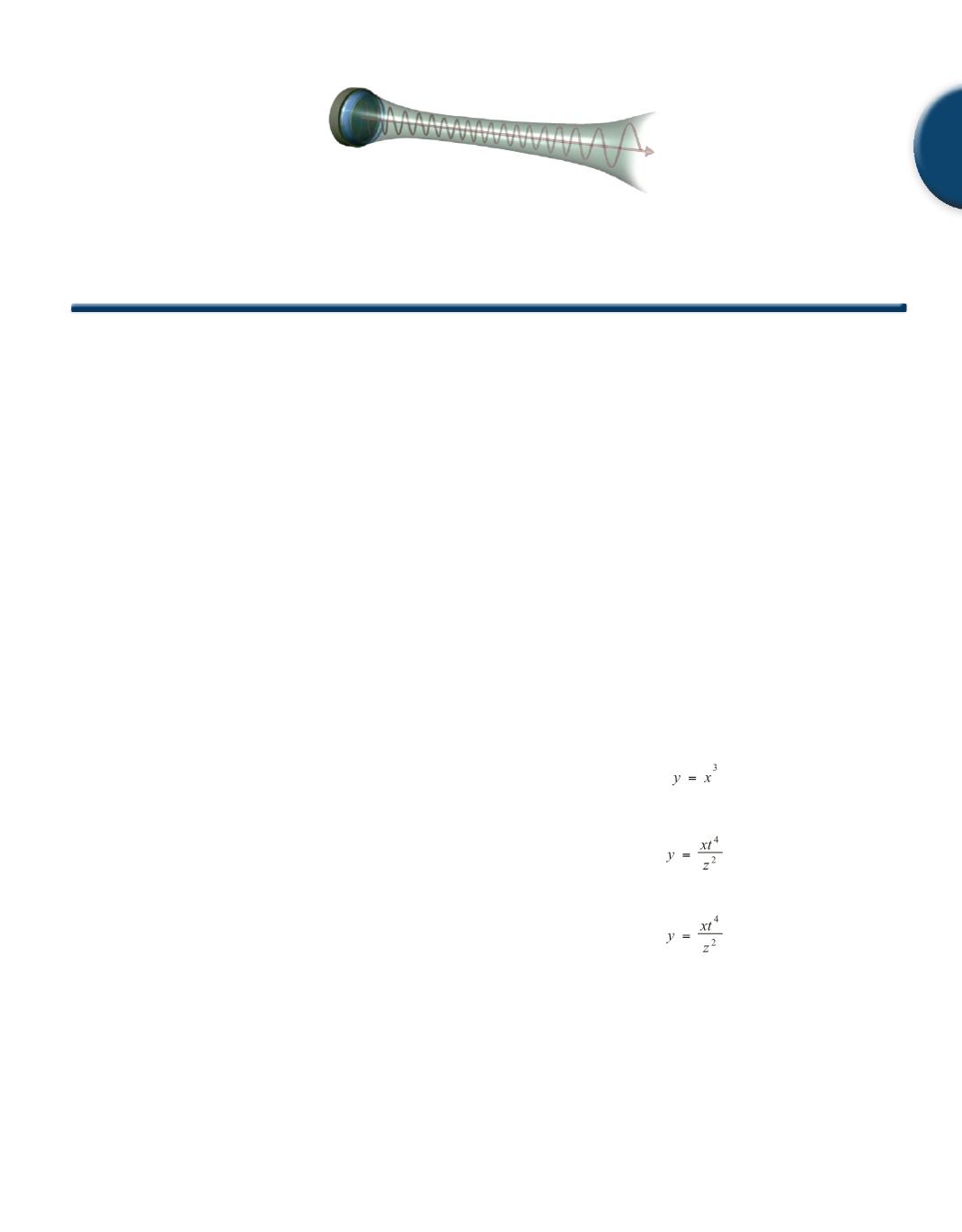
Chapter 1: Mathematics
1
1
1. How Difficult Can It Be?
A basic description of the game of golf was once explained like this:
It’s really not all that hard. You take this one-and-a-half inch ball,
and place it on top of the 8000 mile (wide) ball. The object is to
strike the little ball without hitting the big ball.
While this does lay a basic foundation for understanding the game,
it certainly won’t get you a spot on the pro golf tour. I relate this
description to illustrate the point that we can “know” something
without truly understanding it. Often in life,we are acquainted with
the conceptual aspect of a subject without developing an ability to
apply those concepts.
Any of you who have used earlier versions of this book will im-
mediately notice a very big difference in this first chapter. The
mathematics has been moved to Appendix A and replaced with
this very short assessment tool. I strongly suggest that you take the
assessment exam in this section to determine your comfort with the
math concepts that are foundational to understanding ultrasound
physics. If you find that the material is so familiar that you could
wake up from a dead sleep at 3AM and answer these exercises
correctly, you should feel free to jump ahead to Chapter 2. On the
other hand,if you find this assessment examchallenging,you should
spend some time reviewing the content contained in Appendix A:
Mathematics.
You will also note that in the answer section for each
question, there is a brief explanation as to either why this material is
clinically important in ultrasound and/or why these types of questions
appear in credentialing exams.
Ultimately, I want to emphasize that credentialing and board exams
are all about percentages. If you take 10% longer to complete the
exam because relational math concepts are not second nature to
you, or you miss 10% of the questions because of simple math com-
prehension errors, that 10% may be the critical difference between
passing and failing. In fact, we have heard from students that most
who do not pass, fail by one, two, or three questions.
2. How Much Math Will You Need?
As youwill discover throughout this book,themathematics included
on the credentialing exams generally does not include performing
many calculations, but rather asks relative relationships and logical
conclusions from the mathematical relationships between variables.
In other words, instead of asking you to calculate the resistance to
flow for a fluid flowing through a vessel, you may be asked how the
resistance to flowwill change with changes in parameters that define
the vessel. Instead of asking you to calculate a Doppler shift for a
given transducer frequency,given a specific angle to flow and a blood
flow velocity,youmay be asked how the Doppler shift would change
if a different transducer operating frequency were used given the
same angle to flow and blood flow velocity. Answering this type of
“relative” question involves math skills, which many students have
not used for a long period of time, or worse, never developed. This
last point is precisely why it is so critical for you to learn the basic
mathematics, as outlined below.
3. Assessment Exam
1.
Given the equation:
, if
x
increases by a factor of 3,
what change occurs to the variable
y
?
2.
Given the equation:
, how are
y
and
z
related?
3.
Given the equation:
, if
z
decreases by a factor of
10, what change occurs to the variable
y
?
4.
If the radius of a circle doubles, what happens to the
circumference?
5.
If the diameter of a vessel is reduced by 50%, what is the
percentage decrease in cross-sectional area?
Mathematics
Chapter 1


